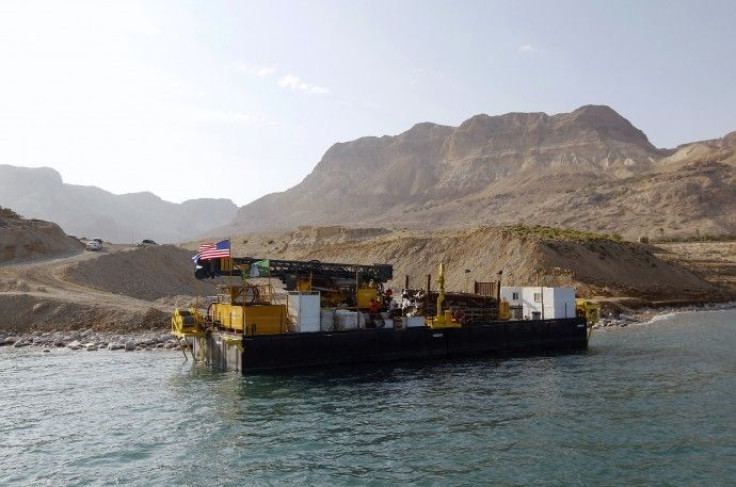Dead Sea air laden with oxidized mercury

The air above the Dead Sea contains very high levels of oxidized mercury, which are of major concern to humans, scientists say.
The researchers, who measured several periods of extremely high atmospheric oxidized mercury, found that mercury exists in the atmosphere in an elemental and in an oxidized state. It's emitted by various natural and human processes, and can be converted in the atmosphere between these forms.
Some of the highest levels of oxidized mercury ever observed outside the polar regions exist there, scientists say.
High levels of oxidized mercury are a concern, says scientist Daniel Obrist, because this form is deposited quickly in the environment after its formation.
After it's deposited, mercury can accumulate through the food chain where it may reach very high levels. These levels are of major concern to humans, especially in the consumption of mercury-laden fish, says Obrist.
Fish caught in oceans are the main source of mercury intake in the U.S. population.
According to the researchers, these events may increase mercury loads to sensitive arctic environments by hundreds of tons of mercury each year.
We've found near-complete depletion of elemental mercury--and formation of some of the highest oxidized mercury levels ever seen--above the Dead Sea, a place where temperatures reach 45 degrees Celsius, Obrist says.
According to a report from U.S. Geological survey, eating contaminated fish exposes people to the most toxic form of mercury, methylmercury. A report from the National Research Council on the toxicological effects of methylmercury pointed out that the population at highest risk is the offspring of women who consume large amounts of fish and seafood.
Although scientists are beginning to unravel the complex interactions between mercury and the environment, a lack of information on the sources and effects of mercury in the environment has impeded identification of effective management responses to the nation's growing mercury problem.
© Copyright IBTimes 2024. All rights reserved.











